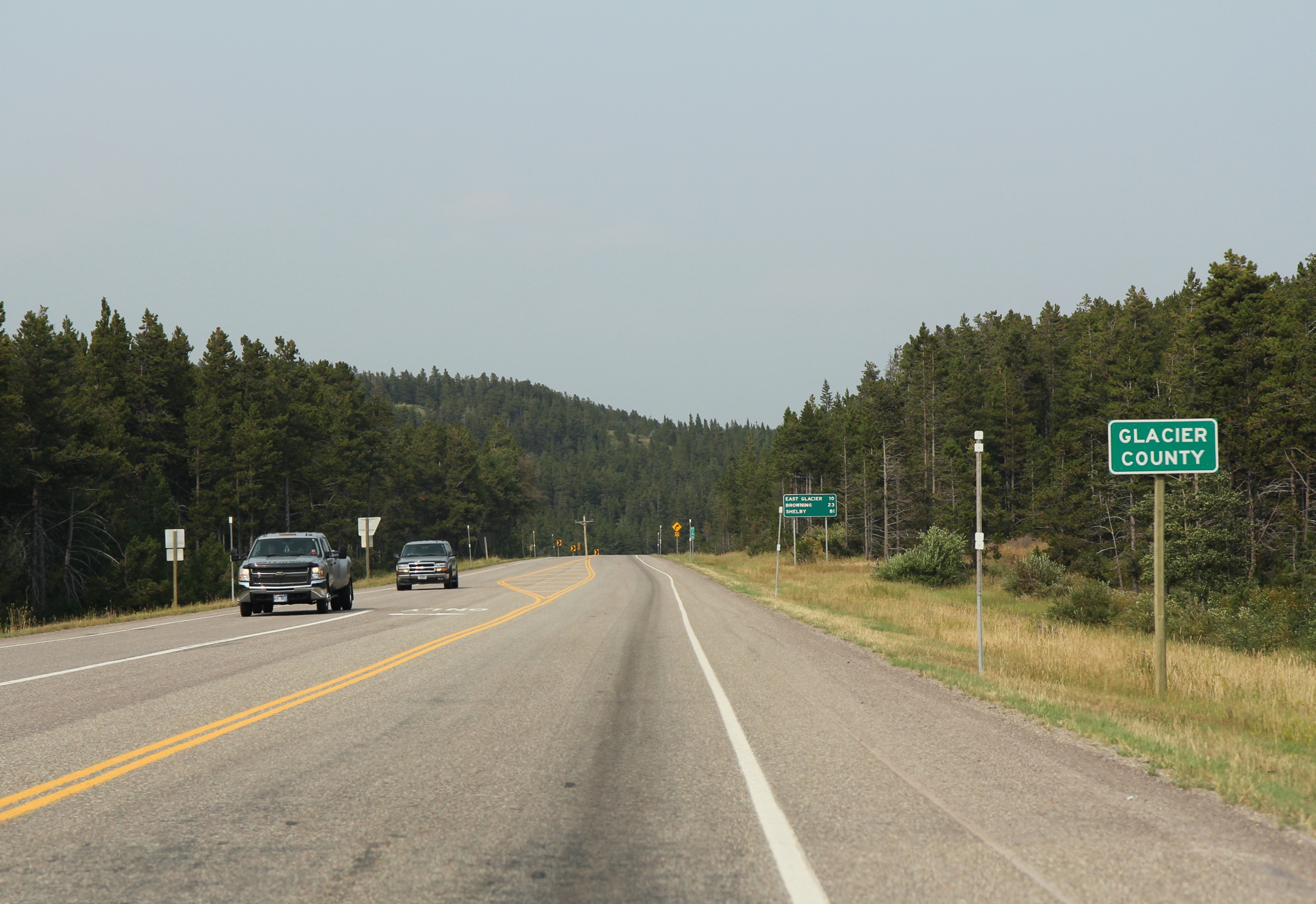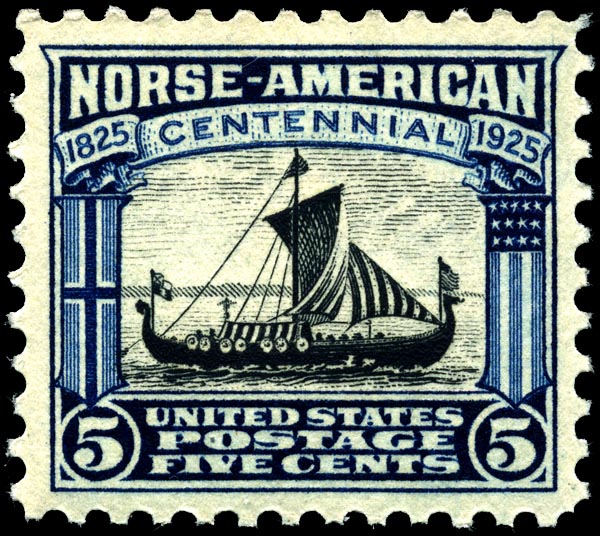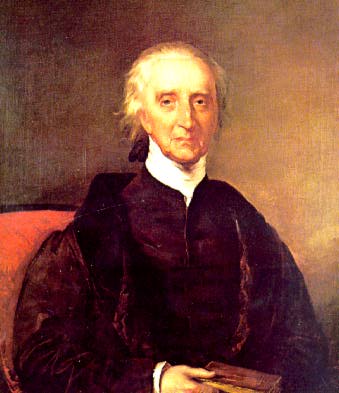|
Toole County, Montana
Toole County is a county in the northern portion of the U.S. state of Montana. As of the 2020 census, the population was 4,971. Its county seat is Shelby. The county was established in 1914 from parts of Hill County and Teton County and was named after Joseph Toole, the first and fourth governor of Montana. Its northern boundary is the Canada–United States border south of Alberta. Geography According to the United States Census Bureau, the county has a total area of , of which is land and (1.5%) is water. Its northern boundary is the Canada–United States border. A part of its southern boundary by the southwestern county corner is formed by Marias River, which flows eastward through the southern part of the county. In the eastern part are several creeks, the largest of which is Willow, which rises in the Sweet Grass Hills and follows a southerly course through the county. In the Sweet Grass Hills and elsewhere indications of oil and gas have been found. Major high ... [...More Info...] [...Related Items...] OR: [Wikipedia] [Google] [Baidu] |
Joseph Toole
Joseph Kemp Toole (May 12, 1851 – March 11, 1929) was a Democratic politician from Montana. He served as the first and fourth Governor of Montana. Biography Toole was born in Savannah, Missouri and attended public school in St. Joseph, Missouri. In 1868, he graduated from the Western Military Institute in New Castle, Kentucky with honors. He moved to Helena, Montana in 1870; studied law and was admitted to the bar in 1871 and commenced practice in Helena. Toole was district attorney of the third judicial district of Montana (1872–1876), and a member of the Montana Territorial House of Representatives (1879–1881), and member and president of the Montana Territorial Council (1881–1883). He married Lily Rosecrans, daughter of General William Rosecrans, in 1890 and they had three children. Career Toole was a delegate to the State Constitutional Convention at Helena in 1884 and 1889, and elected as a Democrat to the Forty-ninth and Fiftieth Congresses (March 4, 1885 – ... [...More Info...] [...Related Items...] OR: [Wikipedia] [Google] [Baidu] |
Glacier County, Montana
Glacier County is located in the U.S. state of Montana. As of the 2020 census, the population was 13,778. The county is located in northwestern Montana between the Great Plains and the Rocky Mountains, known to the Blackfeet as the "Backbone of the World". The county is geographically and culturally diverse and includes the Blackfeet Indian Reservation, Glacier National Park, and Lewis and Clark National Forest. The county is bordered by 75 miles of international boundary with two ports of entry ( Piegan and Del Bonita) open year-round and one seasonal (Chief Mountain) international border crossing into Alberta, Canada. Settlements Several small unincorporated communities, one incorporated town, and one incorporated city are located within the county. Cut Bank, the county seat with a population of around 3,000, is located in eastern Glacier County, on the edge of the Great Plains. Cut Bank arose from the railway and agricultural needs of the surrounding area, and was f ... [...More Info...] [...Related Items...] OR: [Wikipedia] [Google] [Baidu] |
Sunburst, Montana
Sunburst is a town in Toole County, Montana, United States. The population was 333 in the 2020 census. It is roughly 30 miles north of Shelby and is near the Canada–US border. History Sunburst has its origins as a farming community and later saw significant population growth after oil development occurred in the 1920s. A refinery was built in 1922 with the discovery of oil in the Kevin Sunburst Oil Field. Since oil development in the area ceased in the 1970s, Sunburst has once again become a primarily agricultural town. The local high school gives homage to its past, as its students are known as the Sunburst Refiners. Its name comes from what is considered a dramatic sunrise that occurs when the sun comes over the Sweetgrass Hills and illuminates the local fields. Sunburst incorporated in 1924. Geography Interstate 15 passes through the community, with access from Exit 389. The Long Lake Waterfowl Production Area is nearby. According to the United States Census Bureau, ... [...More Info...] [...Related Items...] OR: [Wikipedia] [Google] [Baidu] |
Kevin, Montana
Kevin is a town in Toole County, Montana, United States. The population was 154 at the 2020 census, equal to the 2010 Census population. The town was named after Thomas Kevin, superintendent of the Alberta Railway & Irrigation Company. Locals pronounce Kevin with a long E, like Keevin. Oil was discovered in the Kevin Sunburst Oil Field in 1922. Geography Interstate 15 passes near the community, with access from Exit 379. Goedertz Lake is nearby. According to the United States Census Bureau, the town has a total area of , of which is land and is water. Demographics 2010 census As of the census of 2010, there were 154 people, 71 households, and 41 families residing in the town. The population density was . There were 90 housing units at an average density of . The racial makeup of the town was 98.7% White, 0.6% African American, and 0.6% Native American. Hispanic or Latino of any race were 0.6% of the population. There were 71 households, of which 25.4% had children und ... [...More Info...] [...Related Items...] OR: [Wikipedia] [Google] [Baidu] |
Poverty Line
The poverty threshold, poverty limit, poverty line, or breadline is the minimum level of income deemed adequate in a particular country. The poverty line is usually calculated by estimating the total cost of one year's worth of necessities for the average adult.Poverty Lines – Martin Ravallion, in The New Palgrave Dictionary of Economics, 2nd Edition, London: Palgrave Macmillan The cost of housing, such as the renting, rent for an apartment, usually makes up the largest proportion of this estimate, so economists track the real estate market and other housing cost indicators as a major influence on the poverty line. Individual factors are often used to account for various circumstances, such as whether one is a parent, elderly, a child, married, etc. The poverty threshold may be adjusted annually. In practice, like the definition of poverty, the official or common understanding of the poverty line is significantly higher in developed country, developed countries than in developi ... [...More Info...] [...Related Items...] OR: [Wikipedia] [Google] [Baidu] |
American Ancestry
In the demography of the United States, some people self-identify their ancestral origin or descent as "American", rather than the more common officially recognized racial and ethnic groups that make up the bulk of the American people. The majority of these respondents are visibly white and do not identify with their ancestral European ethnic origins. The latter response is attributed to a multitude of generational distance from ancestral lineages, and these tend to be Anglo-Americans of English, Scots-Irish, Welsh, Scottish or other British ancestries, as demographers have observed that those ancestries tend to be recently undercounted in U.S. Census Bureau American Community Survey ancestry self-reporting estimates. Although U.S. census data indicates "American ancestry" is most commonly self-reported in the Deep South, the Upland South, and Appalachia, a far greater number of Americans and expatriates equate their national identity not with ancestry, race, or ... [...More Info...] [...Related Items...] OR: [Wikipedia] [Google] [Baidu] |
Norwegian Americans
Norwegian Americans () are Americans with ancestral roots in Norway. Norwegian immigrants went to the United States primarily in the latter half of the 19th century and the first few decades of the 20th century. There are more than 4.5 million Norwegian Americans, according to the 2021 U.S. census; most live in the Upper Midwest and on the West Coast of the United States. Immigration Viking-era exploration Norsemen from Greenland and Iceland were the first Europeans to reach North America. Leif Erikson reached North America via Norse settlements in Greenland around the year 1000. Norse settlers from Greenland founded the settlement of L'Anse aux Meadows in Vinland, in what is now Newfoundland, Canada. These settlers failed to establish a permanent settlement because of conflicts with indigenous people and within the Norse community. Colonial settlement The Netherlands, and especially the cities of Amsterdam and Hoorn, had strong commercial ties with the coastal lumber t ... [...More Info...] [...Related Items...] OR: [Wikipedia] [Google] [Baidu] |
English Americans
English Americans (also known as Anglo-Americans) are Americans whose ancestry originates wholly or partly in England. In the 2020 United States census, English Americans were the largest group in the United States with 46.6 million Americans self-identifying as having some English origins (many combined with another heritage) representing (19.8%) of the White American population. This includes 25,536,410 (12.5% of whites) identified as predominantly or "English alone". Overview Despite their status as the largest self-identified ancestral-origin group in the United States, demographers still regard the number of English Americans as an undercount. As most English Americans are the descendants of settlers who first arrived during the colonial period which began over 400 years ago, many Americans are either unaware of this heritage or choose to elect a more recent known ancestral group even if English is their primary ancestry. The term is distinct from British Americ ... [...More Info...] [...Related Items...] OR: [Wikipedia] [Google] [Baidu] |
Irish Americans
Irish Americans () are Irish ethnics who live within in the United States, whether immigrants from Ireland or Americans with full or partial Irish ancestry. Irish immigration to the United States From the 17th century to the mid-19th century Some of the first Irish people to travel to the New World did so as members of the Spanish garrison in Florida during the 1560s. Small numbers of Irish colonists were involved in efforts to establish colonies in the Amazon region, in Newfoundland, and in Virginia between 1604 and the 1630s. According to historian Donald Akenson, there were "few if any" Irish forcibly transported to the Americas during this period. Irish immigration to the Americas was the result of a series of complex causes. The Tudor conquest and subsequent colonization by English and Scots people during the 16th and 17th centuries had led to widespread social upheaval in Ireland. Many Irish people tried to seek a better life elsewhere. At the time Eur ... [...More Info...] [...Related Items...] OR: [Wikipedia] [Google] [Baidu] |
German Americans
German Americans (, ) are Americans who have full or partial German ancestry. According to the United States Census Bureau's figures from 2022, German Americans make up roughly 41 million people in the US, which is approximately 12% of the population. This represents a decrease from the 2012 census where 50.7 million Americans identified as German. The census is conducted in a way that allows this total number to be broken down in two categories. In the 2020 census, roughly two thirds of those who identify as German also identified as having another ancestry, while one third identified as German alone. German Americans account for about one third of the total population of people of German ancestry in the world. The first significant groups of German immigrants arrived in the British America, British colonies in the 1670s, and they settled primarily in the colonial states of Province of Pennsylvania, Pennsylvania, Province of New York, New York, and Colony of Virginia, Virginia ... [...More Info...] [...Related Items...] OR: [Wikipedia] [Google] [Baidu] |
County Of Forty Mile No
A county () is a geographic region of a country used for administrative or other purposesL. Brookes (ed.) ''Chambers Dictionary''. Edinburgh: Chambers Harrap Publishers Ltd, 2005. in some nations. The term is derived from the Old French denoting a jurisdiction under the sovereignty of a count (earl) or, in his stead, a viscount (''vicomte'').C. W. Onions (Ed.) ''The Oxford Dictionary of English Etymology''. Oxford University Press, 1966. Literal equivalents in other languages, derived from the equivalent of "count", are now seldom used officially, including , , , , , , , and Slavic '' zhupa''; terms equivalent to 'commune' or 'community' are now often instead used. When the Normans conquered England, they brought the term with them. Although there were at first no counts, ''vicomtes'' or counties in Anglo-Norman England, the earlier Anglo-Saxons did have earls, sheriffs and shires. The shires were the districts that became the historic counties of England, and given the same L ... [...More Info...] [...Related Items...] OR: [Wikipedia] [Google] [Baidu] |





